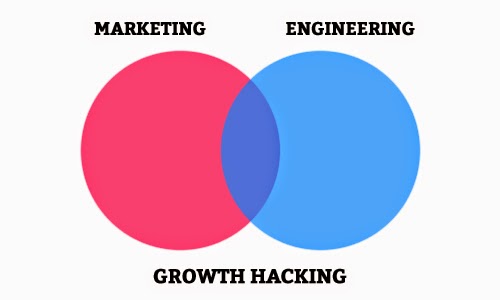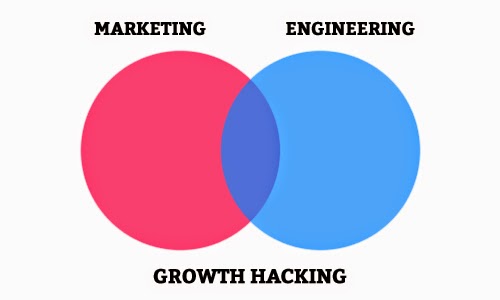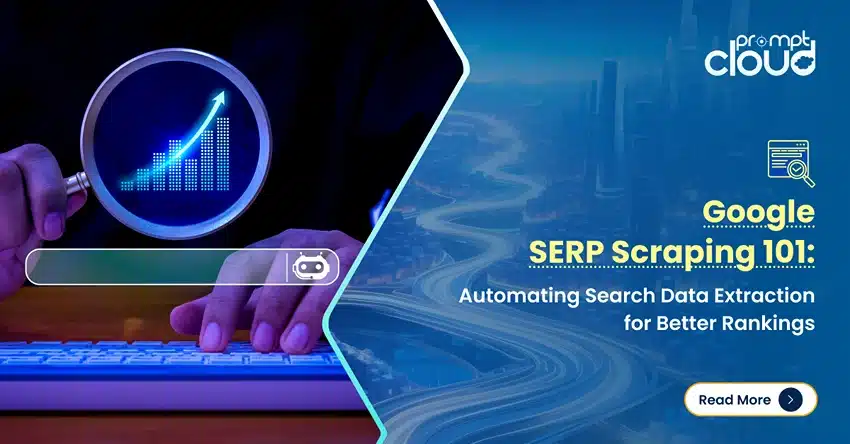
It is widely acknowledged that companies successful as growth hackers have mastered the science of understanding data and unearthing large opportunities that put them on the path to exponential growth. Facebook, Twitter, Airbnb and Dropbox are just some of the most well-known examples of achieving phenomenal success with growth hacking. It is apparent from even a cursory look at their product and service offerings as to how much they seem to know about their users and of course, the user intent. Such deep knowledge is obviously a result of creative, highly intelligent and effect use of data analytics.
While the correlation between data analytics and growth hacking is fairly obvious, an interesting challenge confronts companies in the Data as a Service (DaaS) space: can they use growth hacking to fuel their own growth? What strategies and tactics could they adopt that will help them achieve the kind of results that some of the companies mentioned above have achieved?
It may not be unreasonable to be asked whether growth hacking for DaaS companies is even required considering the hugely untapped space they are operating in, the rapid growth of Big Data and data analytics and of course, their growing adoption. However, we believe it is precisely because of these reasons that the emerging DaaS companies would need to consider growth hacking – the vast acreage of virgin territory is attracting large numbers of innovative start-ups who are also vying against the financial and infrastructure capabilities of some of the world’s biggest IT giants. As with any new trend, early movers who establish a healthy lead often tend to forge ahead much faster than the laggards before an eventual shake-up and consolidation happens. In the race to establish a significant lead, growth hacking may be the most potent tool in the armoury.
Lessons from successful SaaS marketing strategies
In most cases, Data-as-a-Service companies are very similar to cloud-based software solutions companies that operate on a subscription model; therefore, it is only logical to follow the strategies adopted by SaaS companies to achieve success with growth hacking.
Articles by Lincoln Murphy ( here) and Neil Patel (here)provide some wonderful insights into some of the successful tactics used by SaaS companies to rapidly grow their user base.
We believe that growth hacking happens when companies begin at the basics, take a holistic look at each aspect of the product and business, and then critically evaluate each component to ask who is using what, when, how and how much. In short, growth hacking needs to be founded on thorough end-to-end understanding of their business and their customer.
For a DaaS company, the key product being offered is data and some of the key questions that must be addressed to formulate appropriate growth hacking strategies would be the volume of the data being used, the frequency i.e. how often it is used and may be even how long for (duration) it is used. Another tactic that DaaS companies could use on the product front is to integrate some nifty data visualisation capabilities besides the basic analytics and offer the more sophisticated functionality for a premium fee or on a pay-as-you use basis.
On the business model side, while it is quite common for SaaS companies to offer a free trial period followed by a subscription and for content or analytics companies to offer a freemium model, DaaS companies could potentially use a combination of both these models to rapidly increase adoption.
Content driven inbound marketing has been one of the most popular strategies for lead generation and lead nurturing campaigns that SaaS providers use. DaaS companies have a use opportunity here to replicate that success, by making use of all the data at their disposal. Whether it be by creating interesting data nuggets or infographics or even detailed trend reports, demonstrating how data can be used will be a powerful way to attract audience for their DaaS offering.
Some of the other tried and tested growth hacking tactics used for attraction, conversion and retention of customers such as incentivising and capturing referrals, drip campaigns, automated reminders and incentives for early renewals or annual billings, etc. can all be used effectively by DaaS companies, depending on their exact target audience and their own product offering.
Critical success factors for growth hacking success
Come to think of it, growth hacking is scaled-up implementation of seemingly simple ideas, often with intelligent use of technology and tools available. However, executing a growth hacking strategy is not as straight forward. Just as it is not appropriate to start with the thought of creating a ‘viral’ campaign, being obsessed by ‘growth hacking’ itself could result in disappointing results. The latter is only a means to an end.
As Lincoln Murphy rightly points in his interesting presentation, a critical pre-requisite for growth hacking is the willingness to accept failure. The other critical factor is organisational alignment—marketing has to work closely with the technical/ development and customer service teams, for example, to ensure that such actions work. Companies need to continue to be agile and be driven by data. Last, but certainly not the least, aligning success metrics with reality is crucial.



















